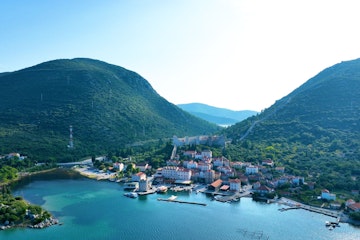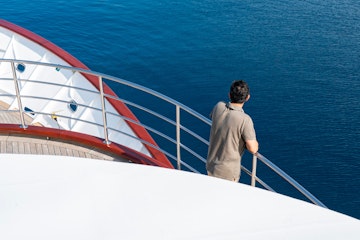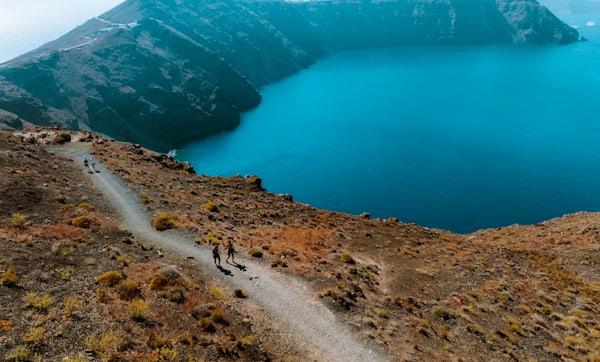In the Mediterranean, sea levels have been climbing at an average rate of about 2.8 mm per year over the last 30 years, slightly above the global average and even faster in certain regions due to coastal sinking. Recent studies show that sinking makes sea-level rise in some areas up to three times faster than previously thought.
By 2040–2050, the Mediterranean Basin is projected to see sea level rises between 10 cm and 25 cm, depending on climate scenarios. Looking toward 2100, worst-case scenarios may bring up to 1 meter of sea-level rise, placing coastal cities at severe risk.
People and Places at Risk
Experts from MedECC highlight that up to 20 million people across the Mediterranean could face permanent displacement due to coastal flooding by the end of the century. At a regional level, 163 Mediterranean coastal plains are highly susceptible to flooding, threatening both communities and ecosystems. Many homes near the coast could end up underwater or too damaged to live in. Families might have to leave everything behind and move to safer places inland.

What To Expect
Homes and History at Risk: Many famous cities, ports, and cultural sites by the sea, including 37 out of 49 Mediterranean UNESCO sites, could be seriously damaged by flooding and erosion by the year 2100.
Tourism and Jobs in Danger: Beaches, hotels, marinas, and fishing areas are all at risk. As the sea rises, tourism seasons may change, and people may be forced to move activities to safer, higher places.
More People on the Move: Rising seas could force many people to leave their homes. Most will move inland or to wealthier areas, which may increase inequality between regions and communities.
What are The Impacts For Nautical Tourists
For people who enjoy boating and live by the sea, rising water levels can cause big problems like marinas flooding more often, docks getting damaged, beaches disappearing, and sea life losing their homes.
One of the most rapid impacts is on infrastructure. Marinas, docks, and piers are more vulnerable to flooding and storm surges, especially during periods of extreme weather. Facilities that were once reliable and safe can be temporarily out of service or require expensive upgrades. This can lead to closures, delayed services, or re-routed sailing plans.
Coastal erosion is another important consequence. Many popular anchorages and beautiful beach destinations are literally shrinking or disappearing. As the sea rises and moves onto the land, it can make it harder to reach coastal villages, beach bars, or hidden coves, and some of these places might even disappear.
Rising sea levels also create practical navigation and safety concerns. Flooded coastal roads and facilities make provisioning, fueling, and maintenance more challenging. Low-lying shores might end up underwater, which can change usual sailing routes and make it easier to run aground or enter harbours incorrectly.
Environmental changes also shape the tourist experience. As sea levels rise, seagrass meadows, wetlands, and marine habitats become increasingly threatened. This loss of biodiversity affects the richness of underwater life, leading to fewer fish to see while snorkelling or diving, and a general decline in the health of popular nature-based destinations.

What Needs to Be Done
Both locals and tourists have a role to play in helping adapt and protect these destinations. Supporting marinas that invest in resilient infrastructure and eco-friendly practices, staying clear of sensitive coastal zones during storms or high tides, and staying informed about local climate risks are all ways to ensure that tourism remains sustainable even in a changing sea.
Adaptation strategies are being implemented across Mediterranean cities, ranging from defence infrastructure in Venice to ecosystem-based planning in Tunisian and Greek coastal areas.
To protect coastal and nautical destinations from the worst effects of rising sea levels, communities need to act on two fronts. First, they must adapt by building protective infrastructure like sea walls, restoring natural barriers such as dunes and wetlands, and even planning for the gradual relocation of buildings or services in high-risk zones. Second, they need to mitigate climate change by cutting emissions, using cleaner energy sources, and protecting the marine and coastal ecosystems that naturally absorb carbon. For marinas, ports, and seaside towns that rely on boating and tourism, this twin approach is crucial to keep waters navigable, beaches accessible, and local economies afloat in the decades to come.
